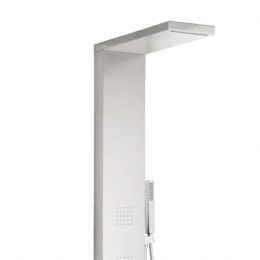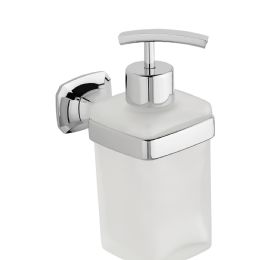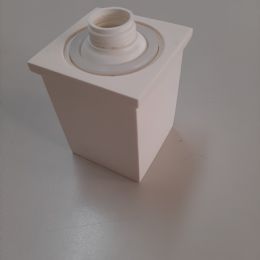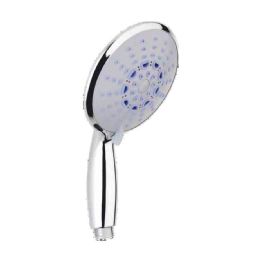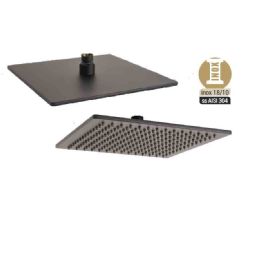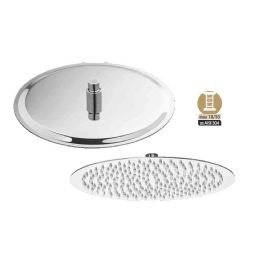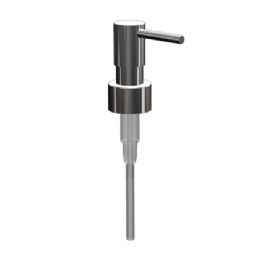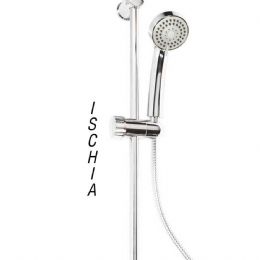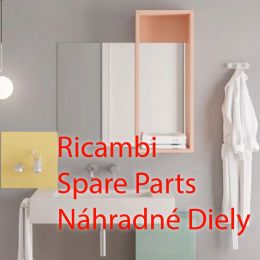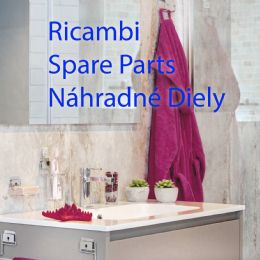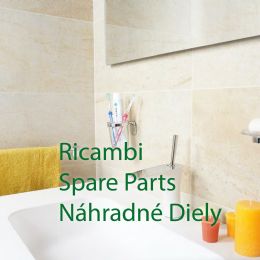Spare parts bathroom accessories
BATHROOM SPAR PARTS
-
Spare parts bathroom accessories
The first evidence of hygienic habits come already from ancient civilizations such as Hindus, 5,000 years ago, where the bathroom was the place to improve their appearance and meet the physiological needs. In addition they also have similar testimonials from Egyptian and Greek civilization, which is also the use of a first track is very similar to the shower system.
Numerous testimonies come to us from the Greeks and Romans, especially where the richest people spent much time in the public baths under the protection of the goddess Igea, whose name derived from the term hygiene.
Throughout the Roman era, in fact, it is the Cabinet that the public toilets intended as experienced as the public baths were a place of socialization, where historical cultural and mercantile exchanges. Already at the time both Greeks and Romans used oils and knew the benefits and therapeutic techniques hot and cold water, the ancient Romans razed hundreds of woods today's Italy in order to heat their baths. The presence of private bathrooms was also widespread in patrician houses.
In the Middle Ages, however, the bathroom culture was profoundly transformed since they were lacking the technical knowledge that would make possible the construction of new drainage systems and sewers. Consequently, the lack of hygiene became the leading cause of infectious diseases also spread the mistaken popular belief that water penetrate into the skin pores, and that does cause various types of diseases, this rumor helped to keep people away from the use of 'water for washing and, a result, the complete decline of the public baths.
From the fourteenth century, the production of perfumes is also documented in Europe, but only since the Renaissance, thanks to the development of technical means such as the alembic they came to a certain distribution of this product. So, at the beginning of the modern era were usually just sprinkle plenty of perfume instead of washing.
Even in later centuries it continued the mistaken belief that washing too often could damage health. Only in the eighteenth century it returned to reassert personal hygiene and the rebirth of the bathrooms and the twentieth century, even the building design was concerned with the hygiene requirements by becoming the first bathroom extroversion of housing with cubicles down the walkway, then return to occupy a room inside of the richest homes. It is with the Second World War that the bathroom entered again be part of the private homes on a large scale kit, also stimulating the interest of designers and architects. The return to the baths spread in every home has helped eliminate many diseases before very widespread because of poor hygiene.








